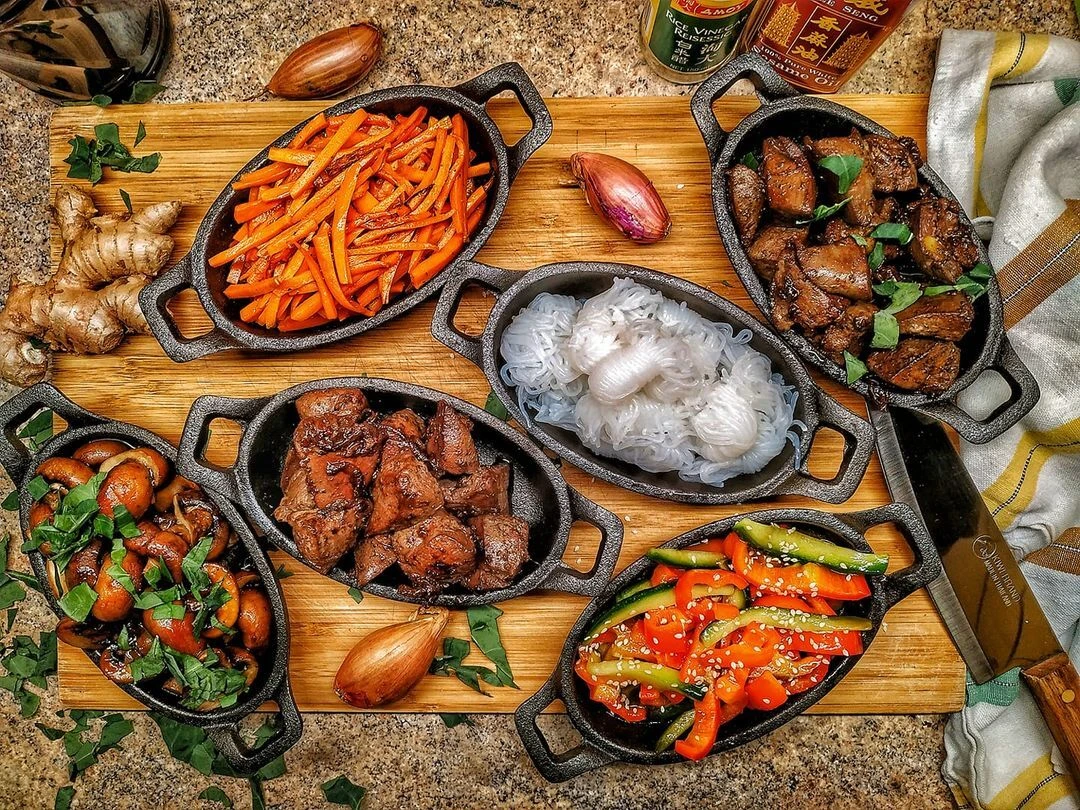
Exploring the Versatility of Cast Iron Dutch Ovens for Delicious Cooking
The Versatility of the Cast Dutch Oven
The cast iron Dutch oven is a culinary treasure that has stood the test of time. With its heavy construction, excellent heat retention, and versatile design, it has become a must-have item in kitchens around the world. Whether you're a seasoned chef or a home cook, this remarkable kitchen tool can elevate your cooking experience and produce mouth-watering dishes.
A Brief History
The Dutch oven has been around for centuries, with origins tracing back to the 18th century in the Netherlands. The concept was brought to America by European settlers, and its popularity grew, especially in the campfire cooking culture of the frontier. Traditional Dutch ovens were made from cast iron, ensuring durability and heat retention. Today, you can find these ovens in various materials, but cast iron remains the most cherished for its superior cooking properties.
Why Choose Cast Iron?
Cast iron Dutch ovens are celebrated for their ability to retain and evenly distribute heat. This means you can achieve consistent cooking results, whether you’re simmering a hearty stew or baking bread. The heavy lid creates a sealed environment that allows for moisture retention, making it ideal for slow-cooking and braising. Many seasoned cooks argue that the unique flavor developed during this method of cooking is unmatched by other cooking vessels.
Additionally, cast iron becomes naturally non-stick when seasoned properly. This characteristic makes it less likely for food to stick, allowing for easier cleaning and enhancing the overall cooking experience. Moreover, cast iron cookware can be used on the stovetop, in the oven, or even over an open flame, making it incredibly versatile.
Cooking Techniques
One of the best features of a cast iron Dutch oven is its adaptability. You can use it for a variety of cooking techniques
cast dutch oven

1. Braising Perfect for tougher cuts of meat, braising involves browning meat on the stovetop before adding liquids and cooking slowly in the oven. This results in tender, flavorful meat that falls off the bone.
2. Baking The Dutch oven is also ideal for baking bread. The heavy lid traps steam, creating a crusty exterior while keeping the inside soft. A simple no-knead bread dough can transform into a bakery-quality loaf!
3. Soups and Stews With its capacity to hold generous amounts of liquid, it's perfect for making hearty soups and stews. Throw in your favorite ingredients, and let them simmer away for a comforting meal.
4. Frying Cast iron Dutch ovens can hold a significant amount of oil, making them excellent for frying. Whether you’re frying chicken or donuts, the even heat distribution ensures perfectly cooked results.
Care and Maintenance
To keep your cast iron Dutch oven in top shape, proper care is essential. After each use, clean it with hot water and a stiff brush; avoid soap as it can strip the seasoning. Dry it thoroughly to prevent rust, and apply a light layer of oil before storing. Over time, your Dutch oven will develop a natural patina, enhancing its cooking abilities.
Conclusion
A cast iron Dutch oven is more than just a cooking pot; it’s an investment in your culinary journey. Its versatility allows for a range of cooking techniques, making it a valuable tool in any kitchen. From family dinners to gourmet creations, a Dutch oven can help you create memorable meals for any occasion. So, if you don’t already own one, it’s time to embrace this classic cookware and discover the endless possibilities it offers. Your taste buds will thank you!
-
Season Cast Iron Perfectly with GPT-4 Turbo TipsNewsAug.01,2025
-
High Quality Cast Iron Cookware - Baixiang County Zhongda MachineryNewsAug.01,2025
-
Premium Cast Iron Pan: Durable & Perfect HeatNewsAug.01,2025
-
High Quality Kitchen Durable Black Round Cast Iron Cookware Pancake Crepe Pan-Baixiang County Zhongda Machinery Manufacturing Co., Ltd.NewsAug.01,2025
-
Cast Iron Cookware - Baixiang County Zhongda Machinery | Nonstick, Heat ResistanceNewsAug.01,2025
-
High Quality Kitchen Durable Black Round Cast Iron Cookware - Baixiang County Zhongda Machinery | Non-Stick, Heat Retention, DurableNewsJul.31,2025


